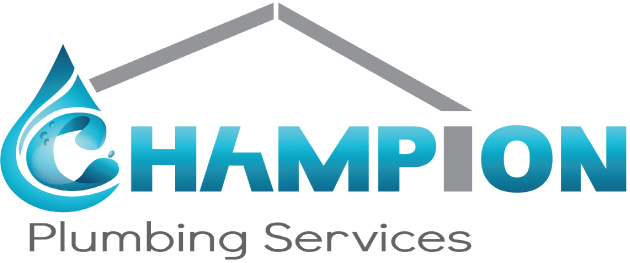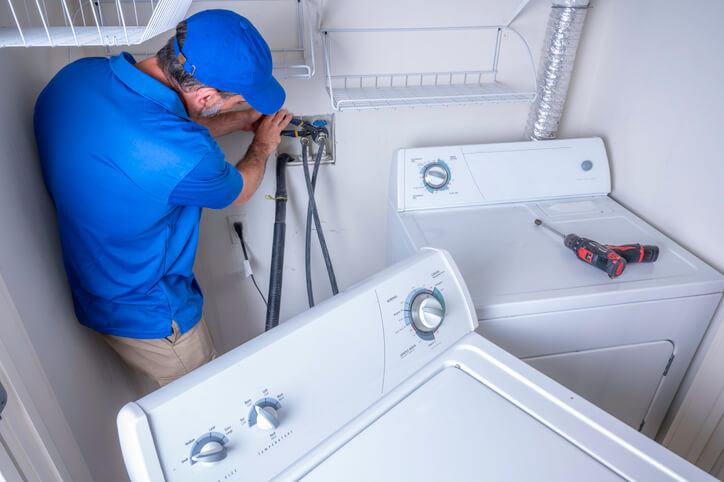Installing a washing machine may seem like a straightforward task, but proper plumbing is essential to ensure the appliance works efficiently and safely. Whether you’re upgrading your laundry room or setting up a washing machine for the first time, understanding the plumbing requirements is key to avoiding issues down the line. Let’s explore what plumbing is necessary to connect a washing machine and meet laundry room plumbing codes.
Water Supply Lines: The Basics of Connecting a Washing Machine
A washing machine requires hot and cold water supply lines to function correctly. These lines must connect securely to your home’s plumbing system to ensure a steady water flow during the wash cycle. Most modern washing machines have separate inlets for hot and cold water, allowing users to select the appropriate temperature for different fabric types.
Water supply lines should be made of durable materials like copper or flexible braided stainless steel hoses to prevent leaks. Additionally, shut-off valves should be installed near the washing machine, allowing you to quickly stop the water supply if needed. Regularly inspecting these valves and hoses can help prevent water damage from leaks or bursts.
Drainage System: Keeping Your Laundry Room Dry
A washing machine produces a significant amount of wastewater during each cycle. To handle this, your laundry room must have a properly installed drainage system. The most common setup includes a standpipe that connects to your home’s wastewater line. This standpipe should be at least 2 inches in diameter to accommodate the high volume of water discharged by the washing machine.
The standpipe must be vented to prevent airlocks and ensure smooth drainage. It should also have a P-trap to block sewer gases from entering your home. Keeping the drainage system clear and free of obstructions is crucial to avoid backups and flooding in your laundry room.
Electrical Requirements: Powering Your Washing Machine Safely
While not technically plumbing, the electrical setup is an important part of installing a washing machine. The appliance requires a dedicated 120-volt outlet with a ground fault circuit interrupter (GFCI) to protect against electrical shocks. Ensuring that your washing machine is properly grounded reduces the risk of electrical hazards.
For homes with older wiring, it may be necessary to update the electrical system to meet modern safety standards. Consulting a licensed electrician can help ensure your laundry room’s electrical setup is safe and compliant with local codes.
Ventilation: Preventing Mold and Mildew
Laundry rooms can quickly become damp, creating the perfect environment for mold and mildew growth. Proper ventilation is essential to keep the space dry and maintain air quality. If your washing machine is part of a combined washer-dryer unit, ensure that the dryer’s vent is properly installed and directed outside the home.
In addition to an external vent, consider installing an exhaust fan to help reduce humidity levels in the laundry room. This extra step can protect your walls, floors, and appliances from moisture-related damage.
Why Professional Plumbing Matters for Washing Machines
While connecting a washing machine may seem like a DIY project, getting the plumbing right is critical for avoiding leaks, water damage, and costly repairs. Hiring a licensed plumber ensures that all connections meet local codes and that your laundry room setup is both safe and efficient.Champion Plumbing Services is your go-to source for professional washing machine plumbing in Houston. With years of experience and a commitment to quality, their team can handle everything from water supply lines to drainage systems. Contact Champion Plumbing Services today for reliable plumbing solutions that keep your appliances running smoothly.

